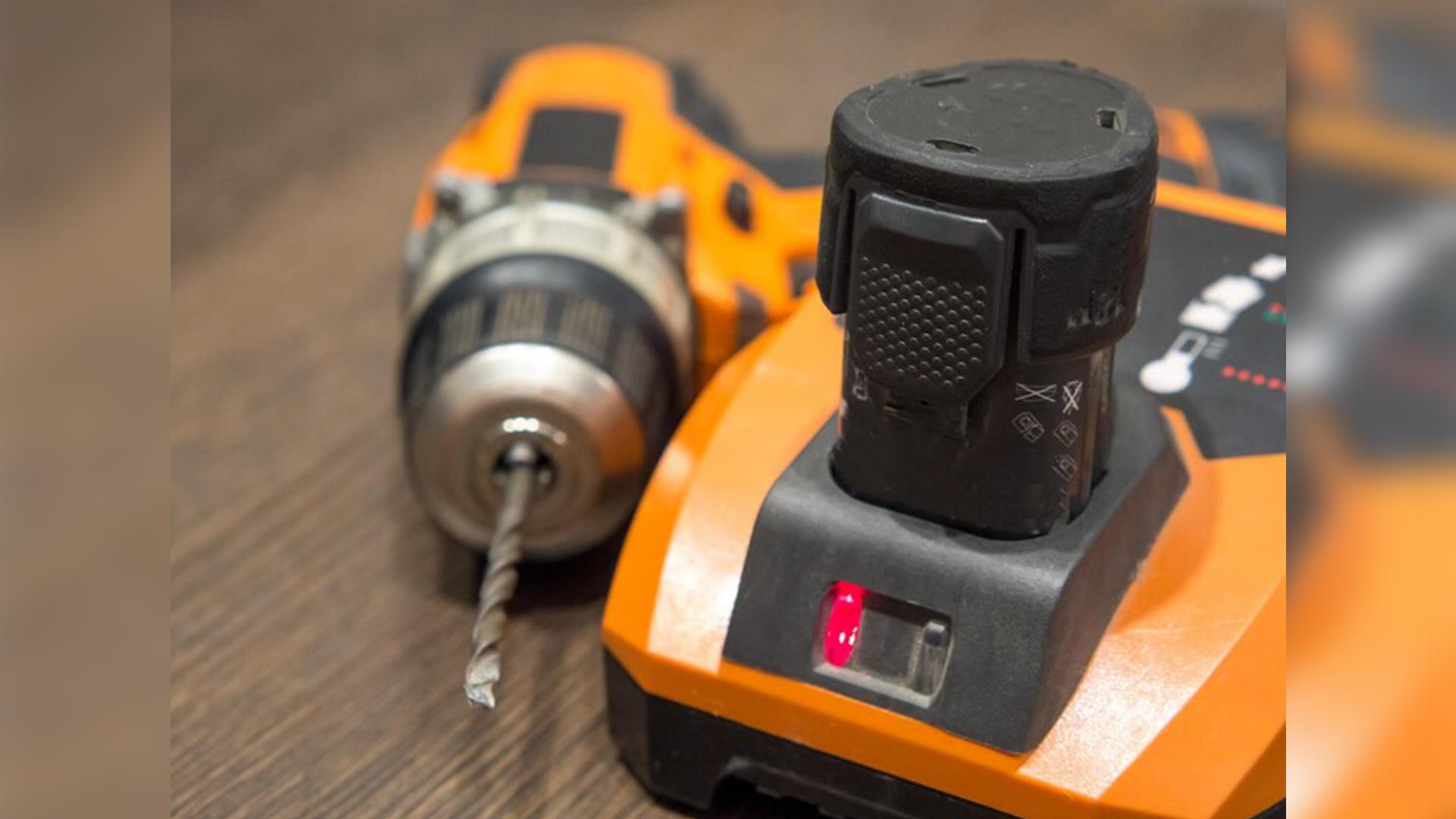One spring day, I stopped at a garage sale. The only thing I was remotely interested in was a battery charger and its battery for a power drill. “I could use this,” I thought. So, I asked if it worked. The kind lady pointed to an outlet on her garage wall and told me to plug it in. I proceeded to do so, and when I did, a little red light illuminated. I was pleased, paid her the $4, hoped for the best, and went home.
When I got home, and after some charge time, I tested the battery. It was still dead. Then I tested the battery charger, but it did not appear to charge any other batteries. Both items became useless soon after this procedure. Money wasted.
Just by me simply plugging it in that old garage outlet and hoping for the best, it didn’t mean it worked. Just seeing the light come on wasn’t enough.
And the same goes for programming in Youth Ministry. We plug things into the night without much thought of the intention of the element. We just hope it works!
When I say programming, I mean… The environment that we create for students to encounter the glory of God in a larger corporate setting.
If you find yourself in Youth Ministry at a local church setting, one of the things that seem pretty standard and consistent every 7 days is providing a 60-120 minute “program” for youth when they walk through the doors of your church.
So we have to have something planned, right?! Or do we fall into the world’s (aka, church’s congregation) stereotypical perception of Youth Ministry where we just play games and drink Mountain Dew?
If you have been involved in youth ministry for any length of time, you could probably identify the main elements of any weekly youth gathering – say it with me…games, music, message, small groups. Maybe a little louder next time, ok?
Seems pretty standard, right? But, if we approach our youth events and youth gatherings with the mentality of just simply “plugging in” things within those elements, we may find that things are not getting our desired outcome – growing students in their faith in Jesus.
Have you ever thought, “Alright, I just need a game to play. Now, I just need some songs. I just need to finish my message about X. Now, just need to get some questions ready. Now I just need to order pizza.”
When we approach each gathering with an “I just need…” mentality, it is a sign of a “plug-in and hope it works” approach.
To avoid the “plugging in and hoping it works” with our students, ask yourself, do these elements of the program ultimately take them anywhere or accomplish anything?
Here are 4 things to keep in mind when programming elements in a youth setting environment:
DOES THE PROGRAM ALLOW CLARIFICATION OF WHO JESUS IS?
This is the main reason why we gather, right? To gather in His name. In middle school and high school, it can be difficult and confusing to not only know who Jesus is but what it looks like to follow Him. (ok, it can be difficult in adulthood too)
Do they leave having a better understanding of who Jesus is and what He asks of us?
Did we present an aspect or characteristic of Jesus somewhere to help with their confusion?
DOES THE PROGRAM ALLOW A PLACE FOR GOD TO SPEAK TO STUDENTS?
Sometimes in order for God to be heard, the walls need to be torn down. The distractions need to be removed. Outside messaging needs to be eliminated. Narrow the focus on God.
By what we are doing, does it leave space for God’s presence to be experienced and His voice to be heard?
DOES THE PROGRAM ALLOW GOD’S GLORY TO BE REVEALED?
Our lives are to glorify God. This isn’t just through musical worship. God’s glory can be revealed through laughter and fun. It can be revealed through empathy or compassion in a small group setting. It can be revealed through how we use our gifts and talents. It can be revealed through His creation. It can be revealed through opening His Word. What brings us joy, brings joy to the Father because of His divine love for us. How can the elements we decide to do in the program point back to God?
DOES THE PROGRAM ENCOURAGE STUDENTS TO LIVE OUT THEIR FAITH?
Our youth gatherings shouldn’t be set up for students to simply consume, be entertained, and then depart. It should train them in their faith.
Are there next steps to how they can live out the truth they heard/experienced when they leave the doors of the church and enter into the landscape of the world – where the church ought to go to expand God’s kingdom – whether it is at home, at school, in the neighborhood, on the athletic field, etc.?
Now, all of this doesn’t mean you have to come up with crazy, grand ideas every time. But keeping these things in mind will help you avoid the plug-ins of Youth Ministry.
It also helps us avoid wasting time and money in the long run, unlike I did with buying the battery charger.

Jayson Brewer
Director of Creative Design

